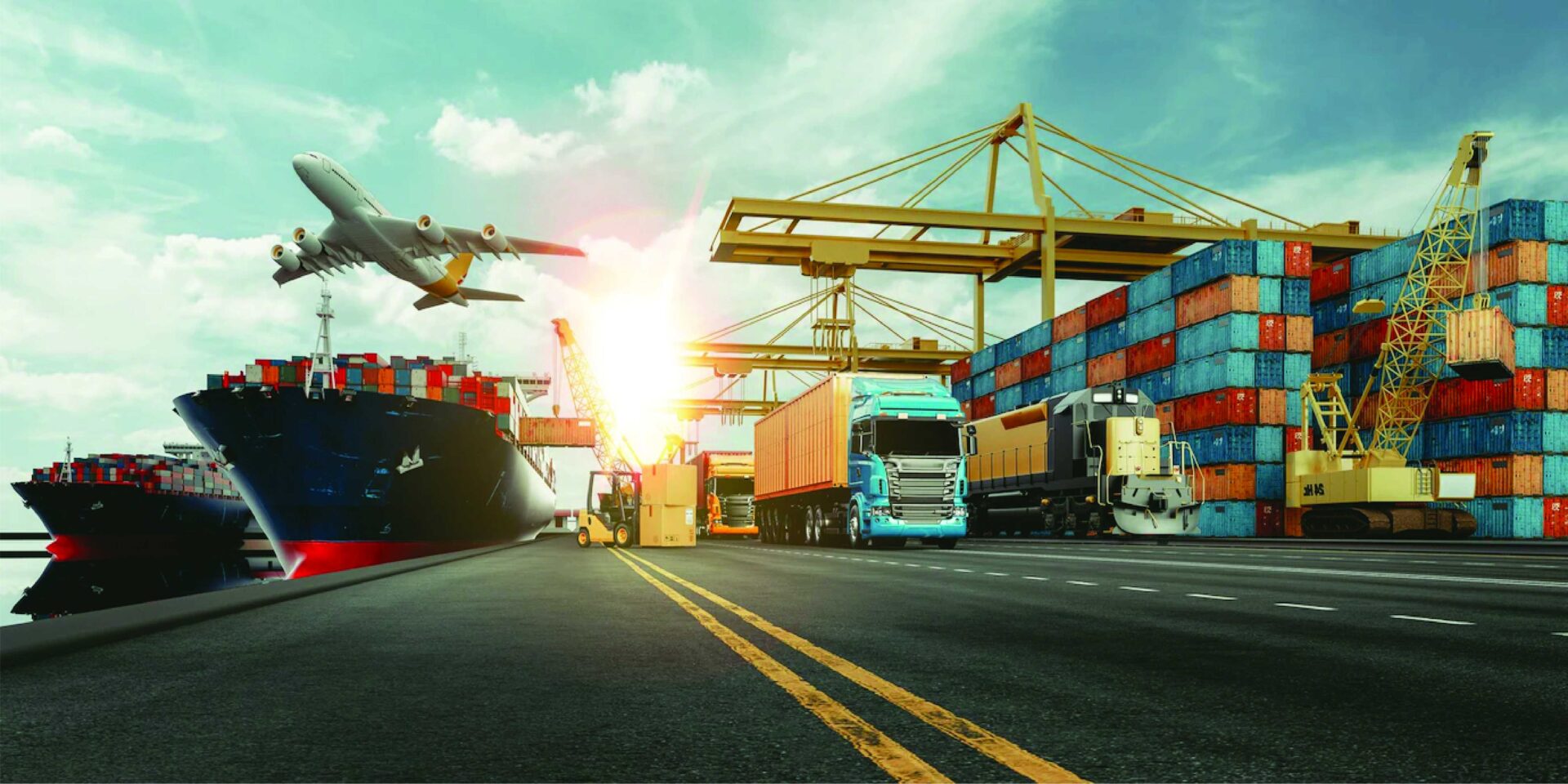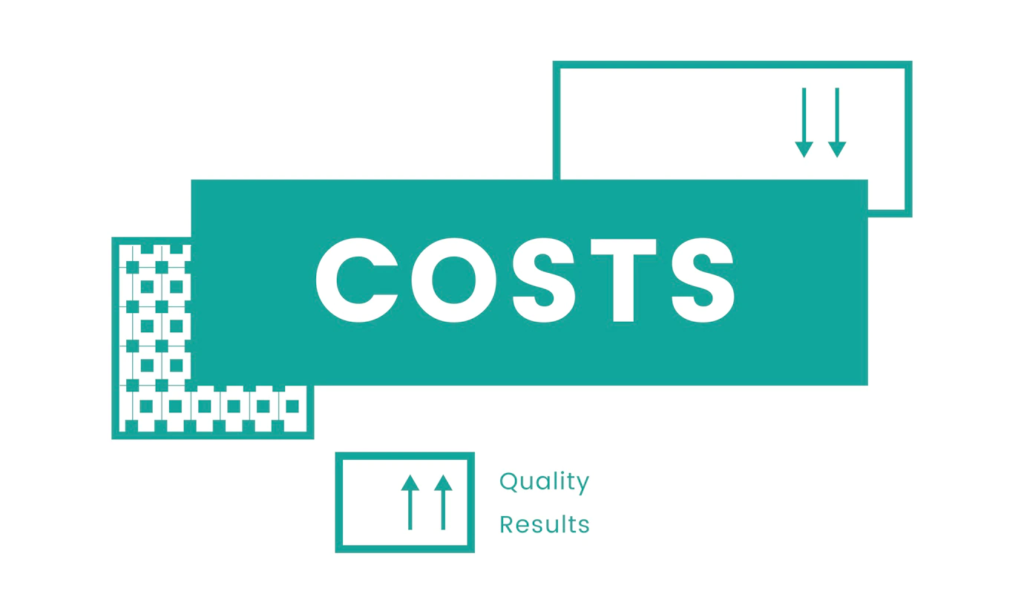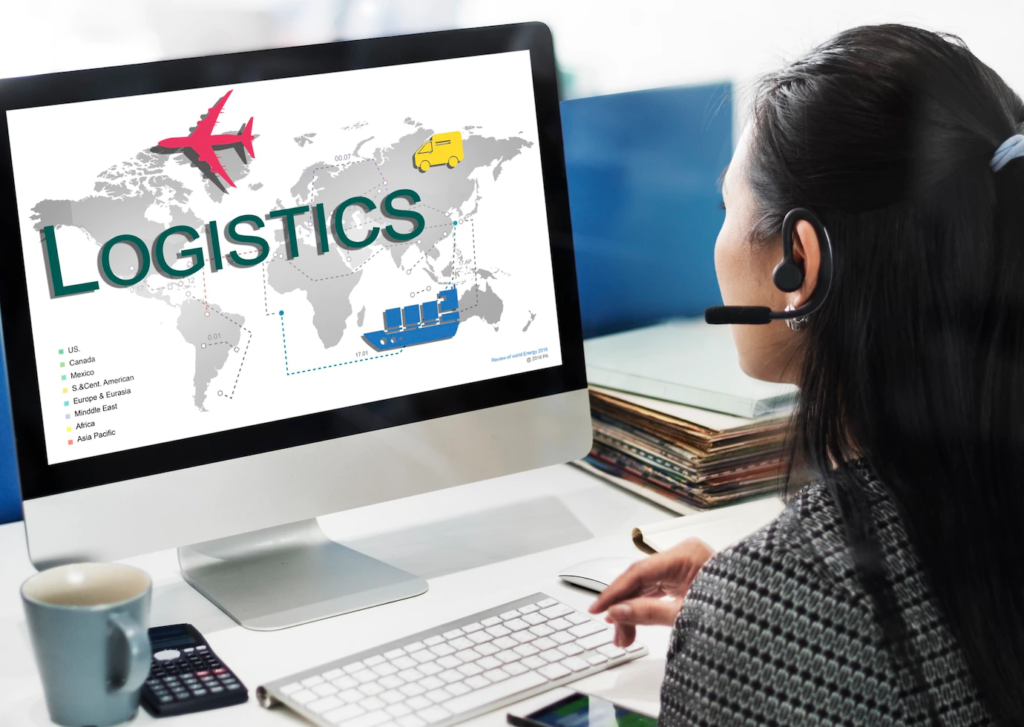Shipping products from China to Cambodia can be a cost-effective way to source goods for your business. However, navigating the complex logistics of international shipping can be time-consuming and expensive if you don’t know what you’re doing. With so many different shipping options available, it can be overwhelming to decide which method is best for your business needs. That’s why we’ve put together a list of tips to help you save time and money when shipping from China to Cambodia. From choosing the right shipping method to understanding customs regulations, our expert advice will ensure that your products arrive on time and within budget. Whether you’re a first-time importer or a seasoned pro, these tips will help you streamline your shipping process and improve your bottom line. So, let’s get started!
Common challenges in shipping from China to Cambodia

Shipping from China to Cambodia is not without its challenges. One of the most common issues faced by importers is the lead time. Shipping products from China to Cambodia can take anywhere from a few days to several weeks, depending on the shipping method chosen and the customs clearance process. Another challenge is the language barrier. Many Chinese suppliers do not speak English, making communication difficult and potentially leading to misunderstandings or delays in the shipping process.
Finally, there is the issue of customs clearance. Cambodia has strict import regulations, and failure to comply with these regulations can result in shipments being delayed or even confiscated. It’s essential to understand the customs clearance process and ensure that all necessary documentation is in order before shipping your products.
Benefits of efficient shipping

Efficient shipping can bring many benefits to your business, including cost savings and increased customer satisfaction. By streamlining your shipping process, you can reduce lead times, minimize the risk of damage or loss in transit, and improve your overall supply chain management. This, in turn, can help you to improve your bottom line and increase customer loyalty.
Tips for efficient shipping

1. Choosing the right freight forwarder
Choosing the right freight forwarder is crucial when shipping from China to Cambodia. A good freight forwarder can help you to navigate the complex logistics of international shipping, provide advice on the best shipping methods and routes, and ensure that your products arrive on time and in good condition. When choosing a freight forwarder, look for one with experience in shipping to Cambodia, a good reputation, and competitive rates.
2. Optimizing packaging
Optimizing your packaging can help to reduce shipping costs and minimize the risk of damage or loss in transit. Choose packaging materials that are lightweight but sturdy, and use space-saving techniques such as vacuum sealing or collapsing boxes to reduce the size of your shipments. You should also label your packages clearly with the recipient’s address and any necessary customs information.
3. Consolidating shipments
Consolidating your shipments can help you to save money on shipping costs. By combining multiple orders into one shipment, you can take advantage of bulk shipping rates and reduce the number of shipments you need to make. This can also help to reduce your carbon footprint and minimize the environmental impact of your shipping operations.
Documents required for shipping from China to Cambodia

When shipping from China to Cambodia, you will need to provide several documents to ensure that your shipment is cleared through customs. These may include a commercial invoice, a packing list, a bill of lading, and a certificate of origin. It’s essential to ensure that all of your documentation is accurate and complete before shipping your products to avoid any delays or additional fees.
Shipping options – air freight vs. sea freight

When shipping from China to Cambodia, you have two primary options: air freight and sea freight. Air freight is typically faster but more expensive than sea freight and is best suited for small, lightweight shipments. Sea freight, on the other hand, is slower but more cost-effective and is best for larger, heavier shipments. When choosing between air and sea freight, consider factors such as the size of your shipment, your budget, and your desired lead time.
Calculating shipping costs

Calculating shipping costs can be challenging when shipping from China to Cambodia. Many factors can affect the cost of shipping, including the size and weight of your shipment, the shipping method chosen, and any customs fees or taxes. To calculate your shipping costs accurately, you should obtain quotes from multiple freight forwarders and compare their rates and services.
Customs clearance procedures in Cambodia

Cambodia has strict customs clearance procedures that must be followed when importing goods. You will need to provide accurate documentation, including a commercial invoice, packing list, and bill of lading, and may be required to pay customs duties, taxes, or other fees. It’s essential to work with a freight forwarder or customs broker who is familiar with the customs clearance process in Cambodia and can help you to navigate any potential issues.
Best practices for tracking and monitoring shipments

Tracking and monitoring your shipments can help you to stay informed about their status and ensure that they arrive on time and in good condition. Many freight forwarders offer tracking services that allow you to monitor your shipment’s progress in real-time and receive notifications about any delays or issues. It’s also a good idea to maintain regular communication with your supplier and shipping partners to stay informed about any changes to your shipment’s status.
Conclusion and final thoughts
Shipping from China to Cambodia can be an excellent way to source goods for your business, but it’s essential to understand the logistics of international shipping and the customs clearance process. By following these tips for efficient shipping, you can save time and money, improve your supply chain management, and ensure that your products arrive on time and within budget. Remember to choose the right freight forwarder, optimize your packaging, and consolidate your shipments where possible. With these strategies in place, you can streamline your shipping process and focus on growing your business.


